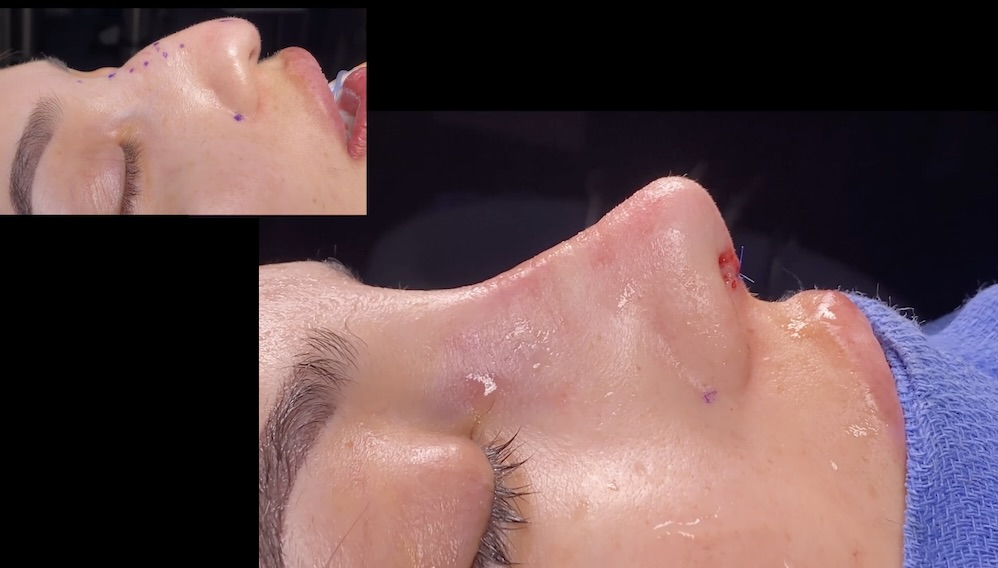Rhinoplasty
Your nose should "blend" into your face, becoming sleek and balanced without flaws that might attract the observer’s gaze. Keeping that in mind, it is paramount that you evaluate "real" before and after photos of the surgeon’s work and by no means settle for a computer simulation-"the computer will not be performing the surgery-the surgeon will."
Rhinoplasty can be performed to alter nasal size or shape whether it is traumatic or genetically acquired. Unattractive nasal features such as a wide bulbous tip, wide nasal bridge, large dorsal hump, malformed/asymmetric tip, crooked nose, or a deviated septum causing breathing problems are readily correctable. Even in the case of prior surgery, the nose can most often be substantially softened and the overall shape vastly improved.
Procedure
The surgery entails reshaping the nasal skeleton that is comprised of cartilage and bone. Once the nasal skeletal structure is visualized, appropriate modifications can be performed to achieve the desired results. It is frequently necessary to modify all three areas of the nose in order to assure aesthetic harmony and balance. Cartilage of the nasal tip is deftly and precisely sculpted while the nasal bones are shaped and thinned with piezo surgery. Once this is achieved-a natural and refined appearance will follow.
The incisions are well camouflaged within the nose and there is little, pain, swelling or discomfort following the procedure. Following the procedure, you will have follow up appointments with Dr. Demir, in order to monitor your healing and progress. Most patients return to their normal routine in 1 week but avoid strenuous activity for 2 weeks and physical (rough) contact with the nose for 1 month. The nasal shape will continue to improve over the subsequent months.


